Are you currently developing a brand, but aren’t sure what aesthetic you want to go for? You’ve come to the right place.
It’s important to establish a graphic design style for your brand so it can become more recognizable both within and outside your target audience. Below are 17 different graphic design styles that are commonly used in the marketing and design world. Each design style has distinct characteristics that can be paired with other styles to create unique pieces of work.
Use this guide to find the best design style for your brand, or if you’re a designer, use it for design style inspiration. When you find your favorite types of design styles, venture over to our icon collection and explore!
Table of Contents:
1. Minimalism



The minimalist movement began in the 1920s with architecture design, but has seen ups and downs in popularity since then. This design style values simplicity over intricacy, with clean geometric shapes and monochromatic color palettes.
Minimalism uses the power of white space to allow the simple shapes and designs to convey a message. Remember that less is more, and omit details that aren’t essential to the overall design.
Luis Prado’s design style is minimalistic in both typography and elements, as seen in the last image above.
Characteristics:
- Limited color palette
- Minimal shading
- Bold linework
2. Maximalism



The polar opposite of minimalism, maximalism uses oversaturated color schemes and patterns in its bold design. Maximalism work commonly uses erratic layouts that lack traditional balance. Unlike minimalism, this style fills up the page rather than using white space. Layering text, images and texture are common maximalism practices.
Jhonny Núñez is a maximalist designer who creates beautifully bright and bold illustrations full of overlapping shapes.
Characteristics:
- Unexpected color palette
- Contrasting patterns
- Bold fonts and textures
3. Typographic
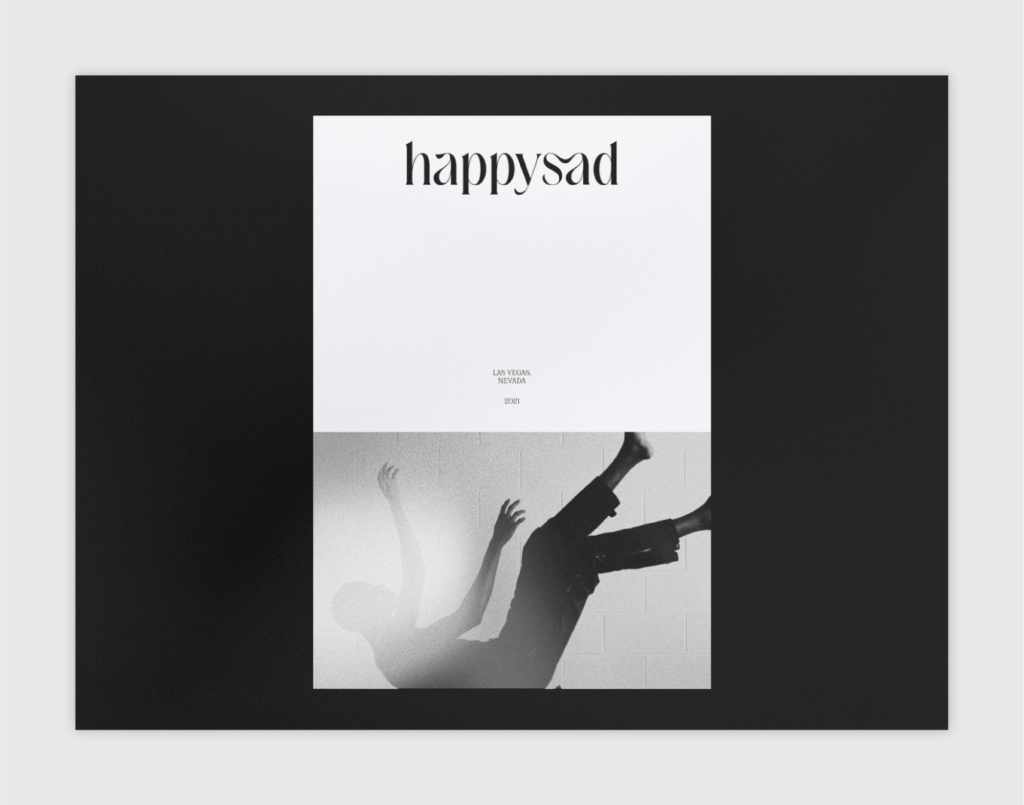

Like the title suggests, typographic design uses font styles to communicate a message. While this design style may use illustrations or be paired with other complementary graphic design styles, the text itself is the main component. Text-based logos are a great example of typographic design in action.
Characteristics:
- Font is the center of the design
- Font conveys the message
- Paired with other visual styles and elements
4. Retro


Retro style encompasses old-school fonts and design. Examples include vintage style or 20th-century art deco. These classic art styles incorporate nostalgic elements and fonts that are recognizable to audiences of all ages. The design includes decorative elements and illustrations tied to a specific period.
Characteristics:
- Vintage fonts
- Details that invoke the psychedelic ‘60s and ‘70s era
- Blended modern and retro elements
5. Abstract


Abstract design style depicts images and visual elements that are detached from what they may look like in reality. The design is open for interpretation by its target audience and uses contrasting elements of form, shape and tone.
Characteristics:
- Unique color palette
- Surreal depiction of reality
- Intended for interpretation
6. Geometric
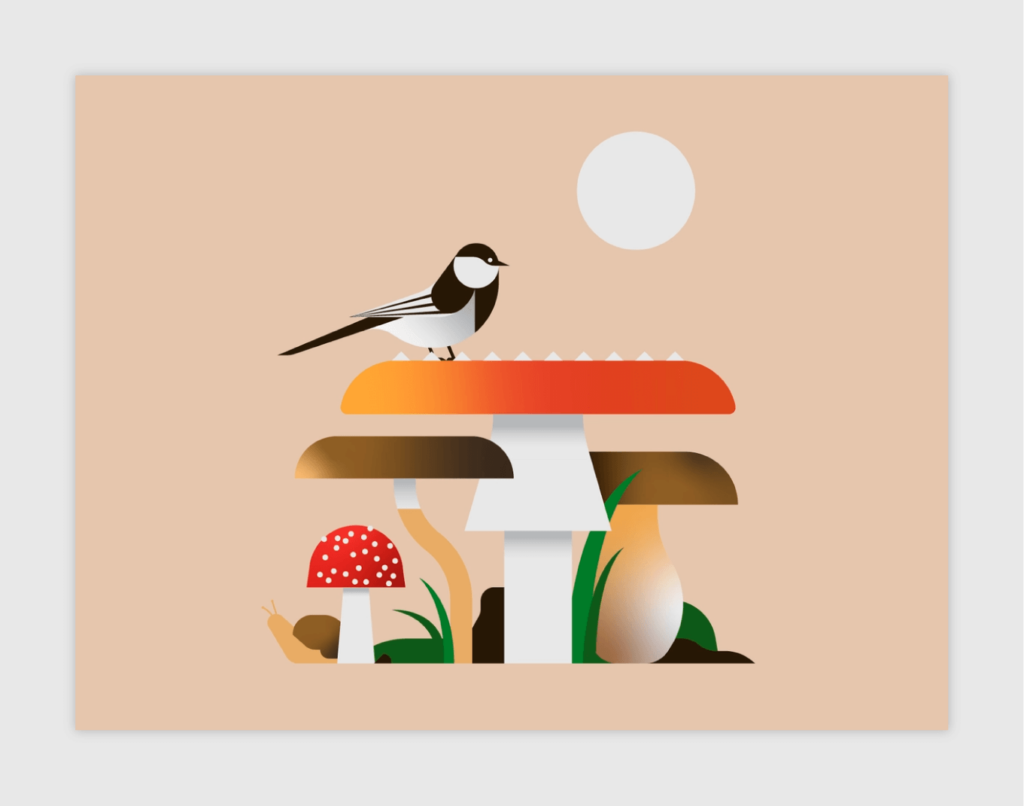

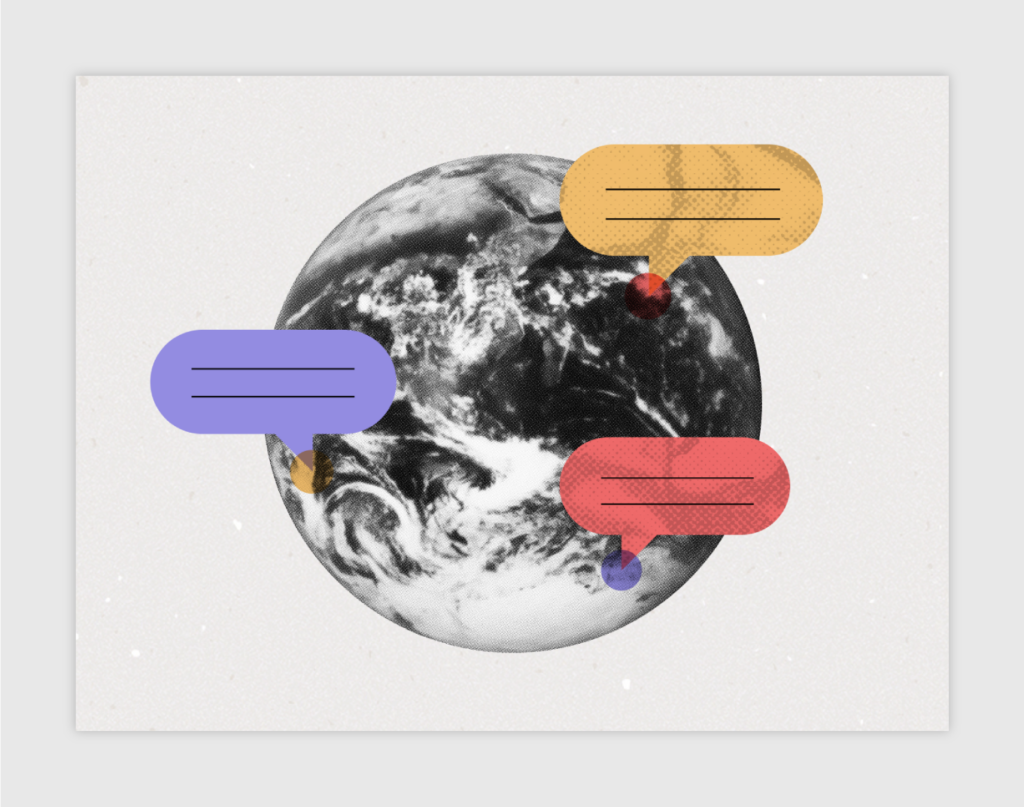
This visual style is based on geometry, a branch of mathematics that focuses on the relationship between angles, lines and points. The overall design is aesthetically minimal, focusing on the balance of straight lines, shapes and edges. These simple designs can be elevated with varying color palettes and paired with images.
Maya Ealey’s work is a great example of geometric design that strays away from boring blocks – rather she uses color to her advantage.
Characteristics:
- Symmetry and balance
- Straight lines and shapes
- Varying color palettes
7. Flat

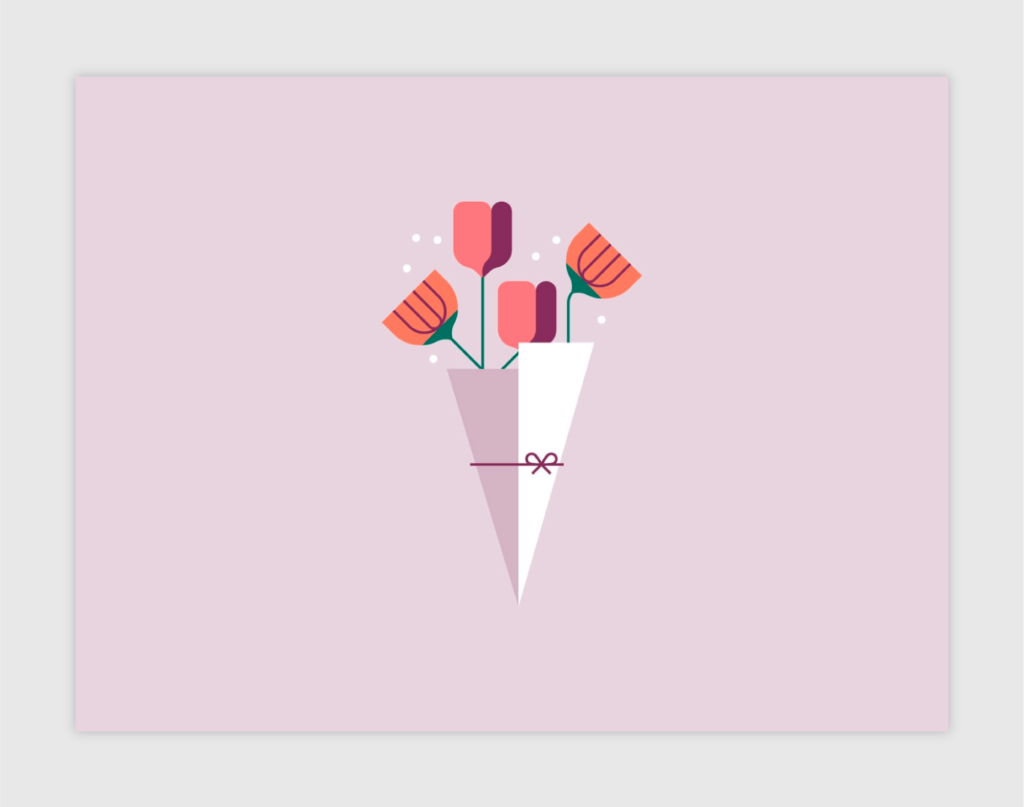
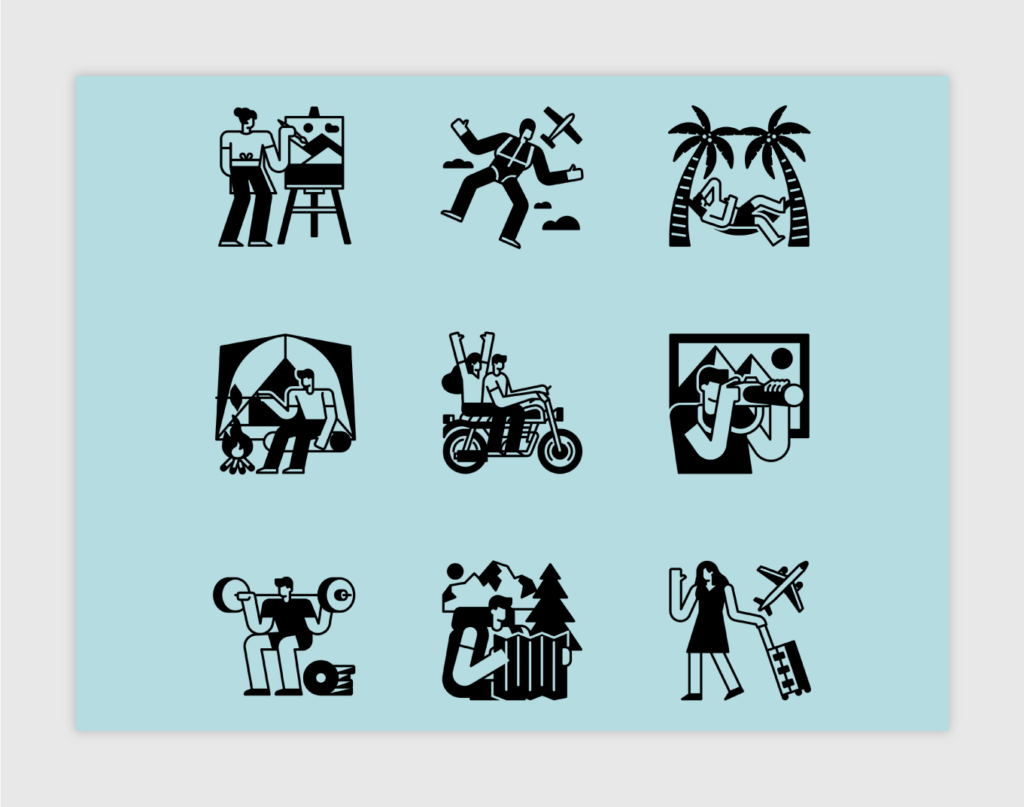
The flat design style is often compared to minimalist design, as they both use the power of negative space and simplistic design. However, flat design typically uses a monochromatic color palette, as well as icons and pictograms within its illustrations.
Flat design is a popular style to use in graphical materials such as posters and guide documents, and it’s become a staple style for websites and mobile applications.
Enhance your design with free icons
Chattapat’s icons are great examples on how to make a flat design extremely detailed, but not overwhelming.
Characteristics:
- Two-dimensional
- Monochromatic
- Utilizes icons
8. Three-Dimensional


Three-dimensional graphic design brings flat design to life. The goal is to create an illusion of realism using the effects of natural lighting and shadowing. It uses elements of depth and volume to help the design look more realistic. 3D graphic design is often used in social media content, web design and animation.
Characteristics:
- Mirrors a real-life object
- Uses light and shadows
- Balances volume, mass and depth
9. Organic


The organic design style uses natural and rustic elements that connect well within the natural world. Common elements include natural textures, organic shapes and neutral color palettes. Fluid hand-drawn lines are also a popular technique in this design style.
Organic design often incorporates botanical elements like plants and leaves, and is a common design style for eco-friendly brands and produce companies.
Characteristics:
- Earthy elements
- Neutral color palette
- Fluid lines and organic shapes
10. Modern


Modern graphic design, also known as late modernism, dates back to post World War II. Common elements of this design style include irregular geometric shapes and lines, vibrant colors and unique layouts. Fonts used with this design are usually basic sans serif fonts.
Characteristics:
- Vivid color palette
- Geometric lines and shapes
- Paired with sans serif fonts
11. Corporate
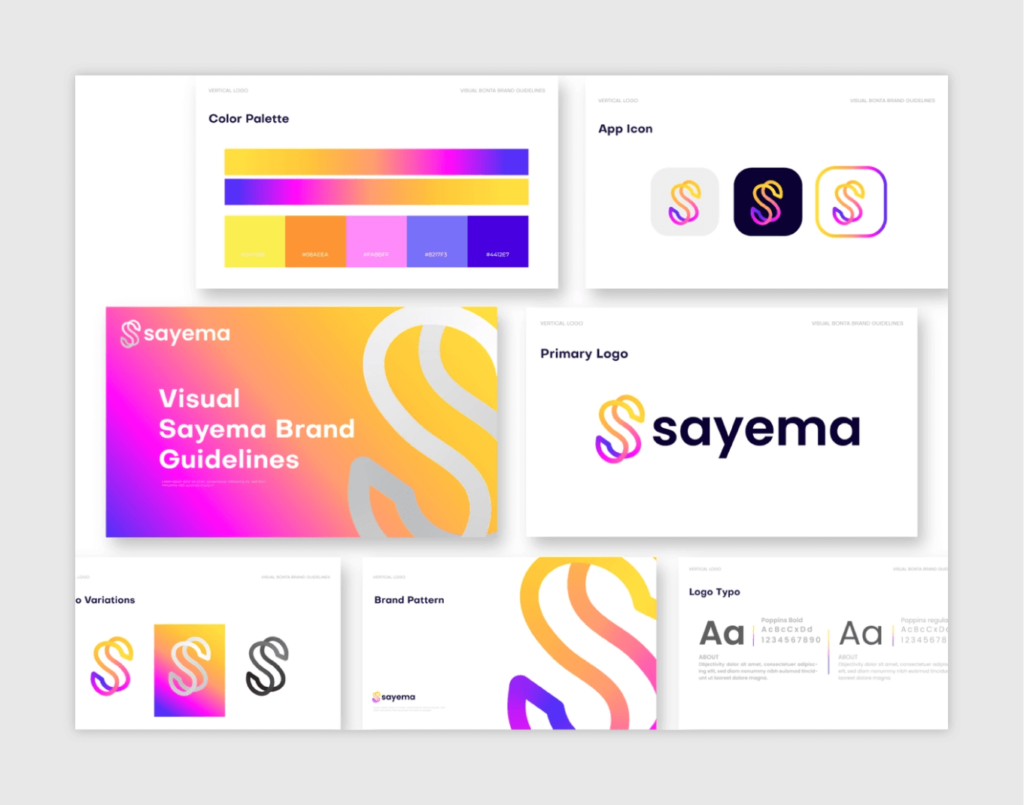

The corporate design style is great for brands looking to give off a more professional impression. It usually uses conservative design elements and formal font styles. Simple icons and layouts are also commonly seen with this contemporary design style. The corporate style works especially well for business presentations and marketing packages.
Characteristics:
- Simple shapes and fonts
- Clean lines
- Complementary color palette
12. Illustrated



Several design styles in this guide fall under the illustrative category of graphic design. Illustration style is unique to each designer and varies with techniques including animations, 3D, photorealism and more. If you’re a designer, pick up your tools and start sketching — there’s your illustrated design style right there!
We love Cachetejack’s unique illustrative style, full of color and life.
Characteristics:
- Hand-drawn look
- Unique to the designer
- Umbrella graphic design style
13. Playful

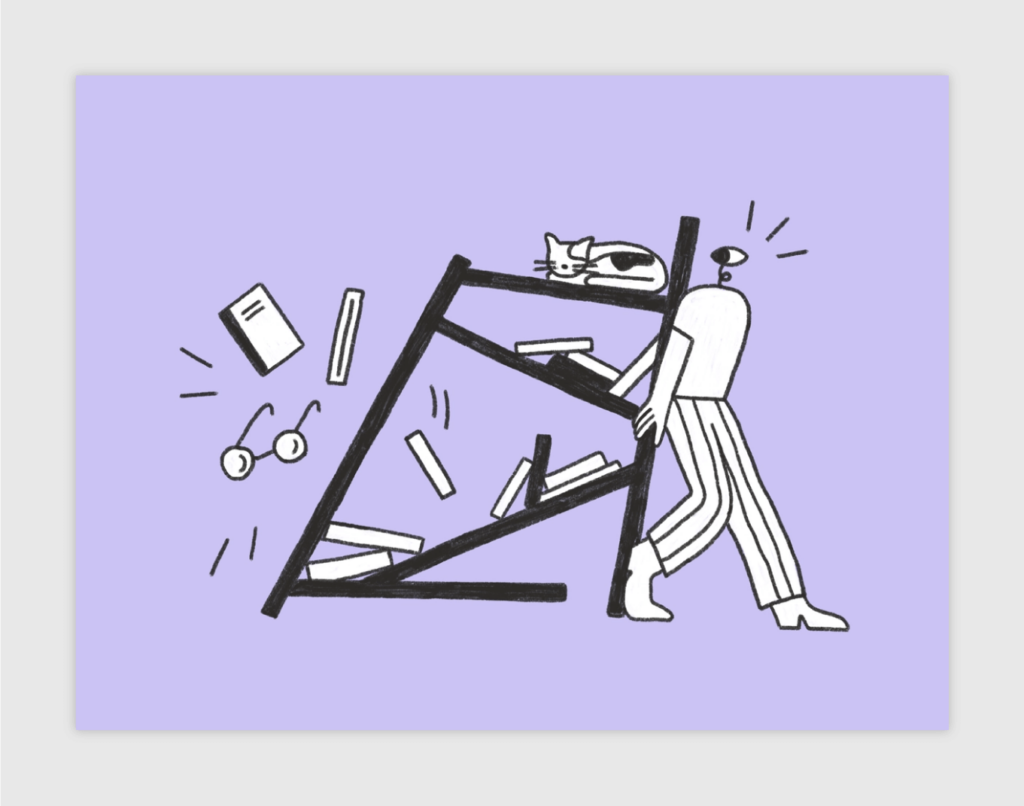
Playful design is best for work that’s geared toward families with younger children. It’s common to see lively, colorful illustrations of animals and people, intertwined with a bit of imagination. This carefree design style is perfect for children’s books and family-oriented brands.
Characteristics:
- Animated elements and graphics
- Vibrant color palette
- Imaginative design
14. Feminine


This illustrative style is used for brands and advertisements that are geared toward a primarily female audience.. Common elements include cursive fonts, charming decorative details and soft pastel colors. This graphic design style can be paired nicely with organic and natural elements.
Characteristics:
- Cursive fonts
- Sloped and curved lines and shapes
- Delicate color palette
15. Masculine


This design style is often used in advertisements and brands that are geared toward a primarily male audience. Monochromatic color palettes, rough textures and thick-stroke fonts are popular elements for this style, as well as gritty or even rugged visuals.
Characteristics:
- Thick-stroke fonts
- Muted color palette
- Rugged textures and imagery
16. Grunge


Grunge illustration style is dark and somber — usually portraying a certain mood like anger or doom. Irregular lines and shapes and distressed elements are used within this design. Gritty textures and stained backgrounds are also popular elements. This design style is often seen accompanied by gothic and punk styles.
Characteristics:
- Dark and contrasting color palette
- Portrays an ominous mood
- Distressed and rough textures
17. Photorealism


With this unique drawing style, visuals are designed to look as similar to their real-life counterparts as possible. These are typically hand-drawn by the designer via pencil sketches and then transferred onto a vector or raster software-based program. They can be used for brand logos or just as a stand-alone piece of art.
Characteristics:
- Closely matches the real image or object
- Hand-drawn by the designer
- Uses raw materials like pencil and paper
We hope you enjoyed browsing through these graphic design styles and designer examples. When designing, try playing around with multiple styles to curate your personal style, and remember to browse Noun Project’s icon collection for more graphic design inspiration!


